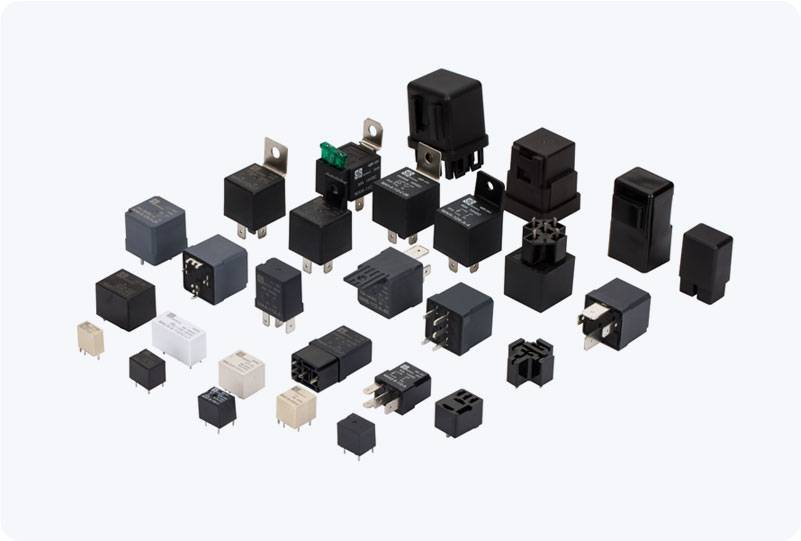understanding solid-state hv relay: the future of high voltage switching
Release time:2025-08-10 03:34:29
In the world of electrical and electronic systems, the importance of reliable, fast, and durable switches cannot be overstated. This is especially true for high voltage (HV) systems, where safety, precision, and longevity are paramount. Traditional mechanical relays have been a staple in these applications for decades, but they come with a set of limitations that can be detrimental to modern, high-performance systems. Enter the Solid-State HV Relay—a cutting-edge solution that eliminates many of the challenges associated with mechanical switches. This article delves into the functionality, advantages, applications, and considerations of Solid-State HV Relays, exploring why they are becoming increasingly essential in today's technology-driven world.

What is a Solid-State HV Relay?
A Solid-State High Voltage (HV) Relay is an advanced type of relay that uses semiconductor devices, such as Silicon-Controlled Rectifiers (SCRs), Metal-Oxide-Semiconductor Field-Effect Transistors (MOSFETs), or other solid-state components, to control the switching of high-voltage electrical circuits. Unlike traditional mechanical relays, which rely on physical contacts to open or close a circuit, solid-state relays perform the same function using electronic components without any moving parts.
These relays operate by using a control input, usually low voltage and low current, to trigger the semiconductor switch, which then controls the high-voltage power circuit. The key advantage of this technology lies in its ability to switch high-power circuits with faster response times, greater reliability, and less maintenance compared to mechanical counterparts.

